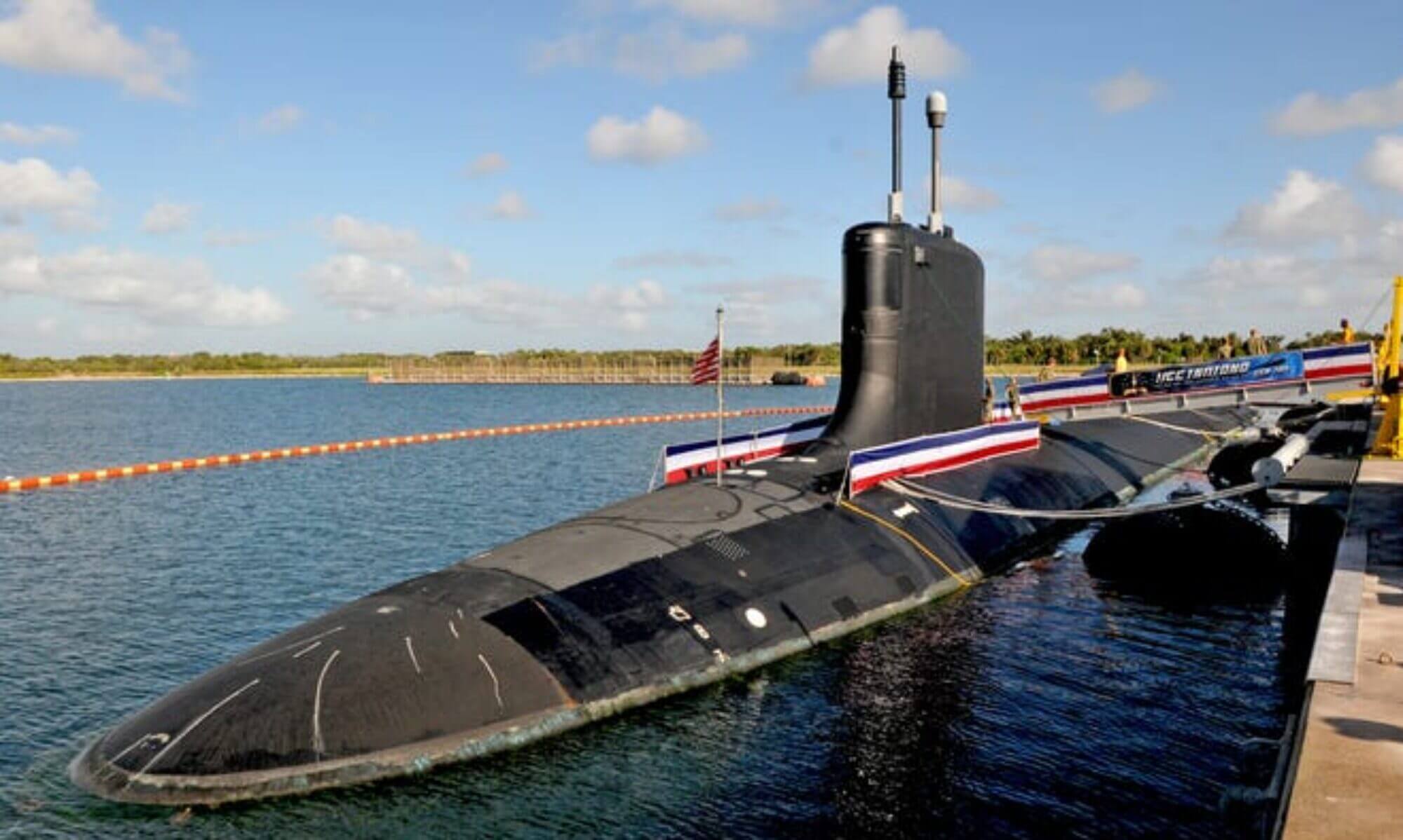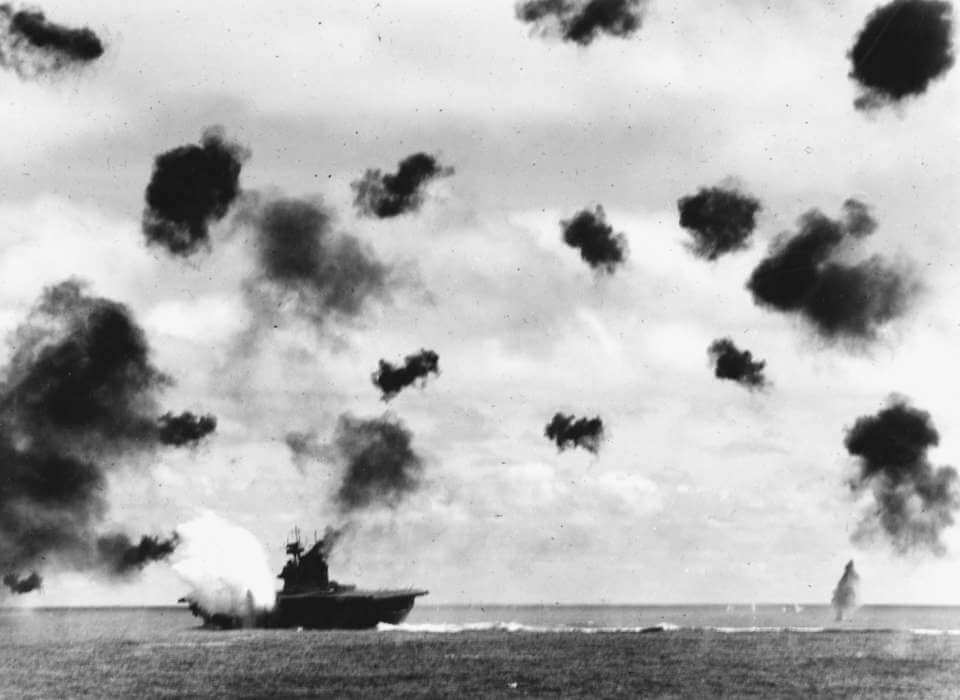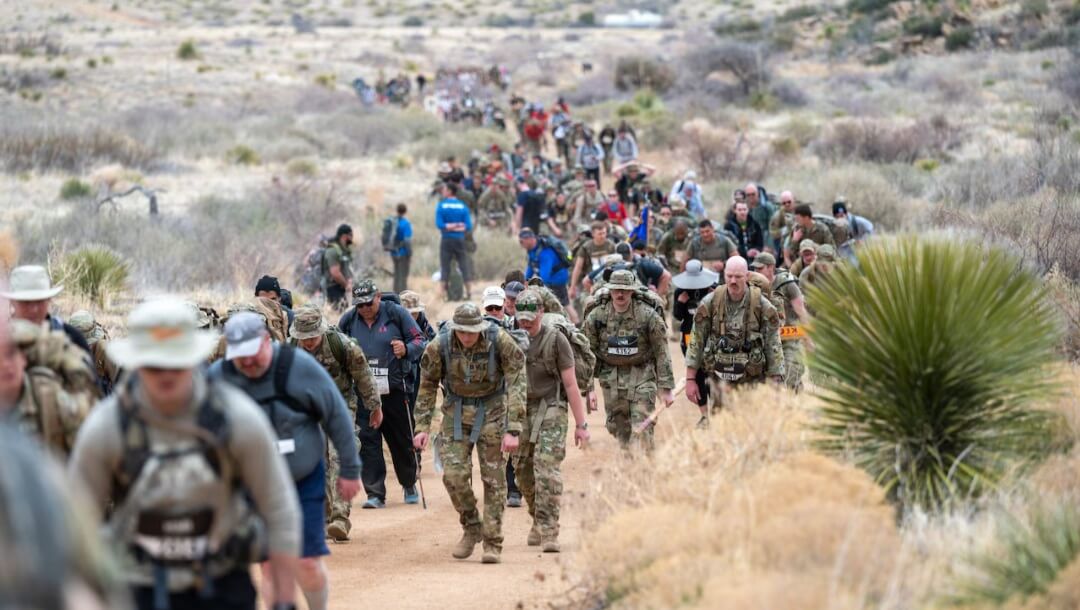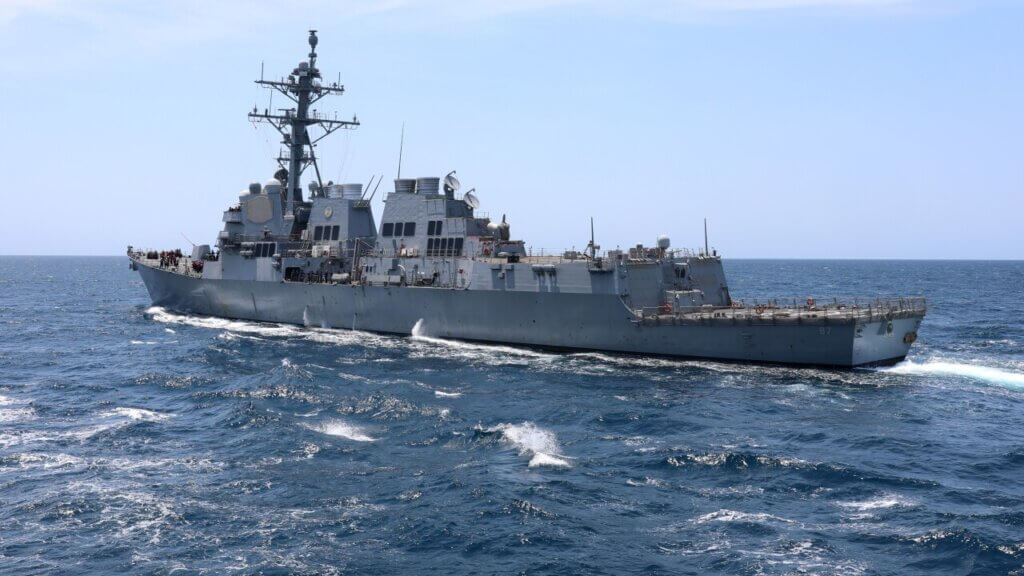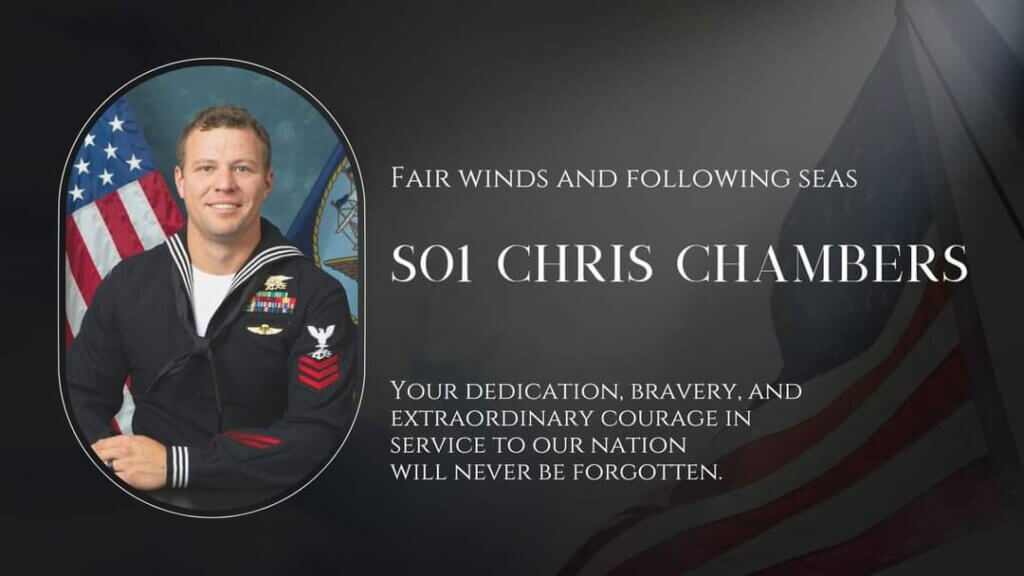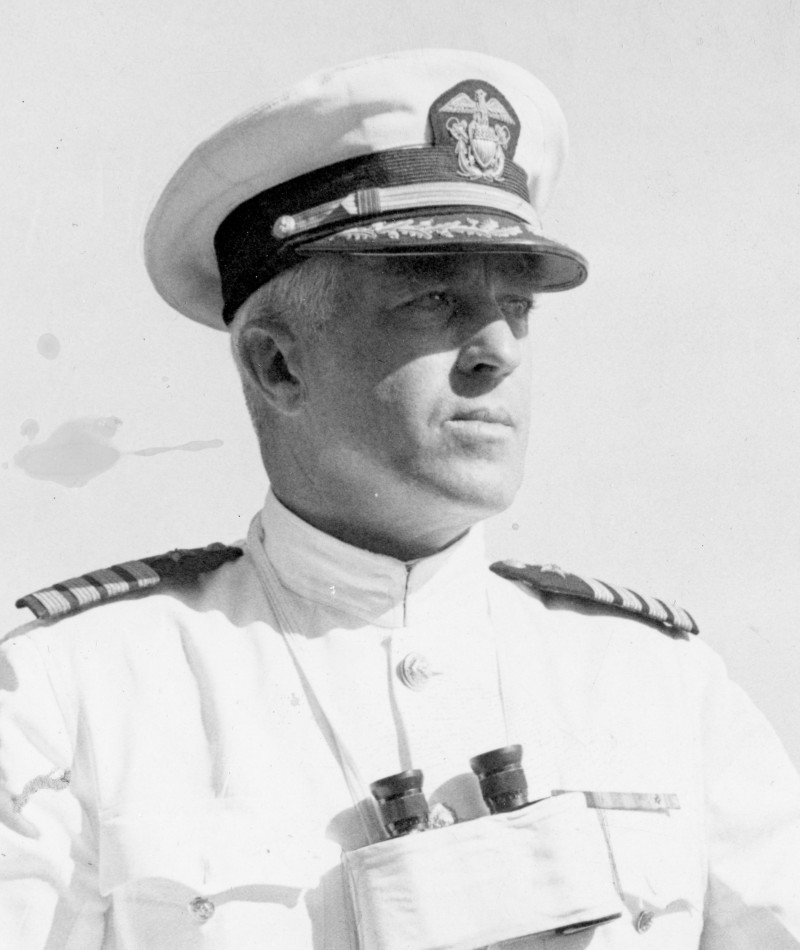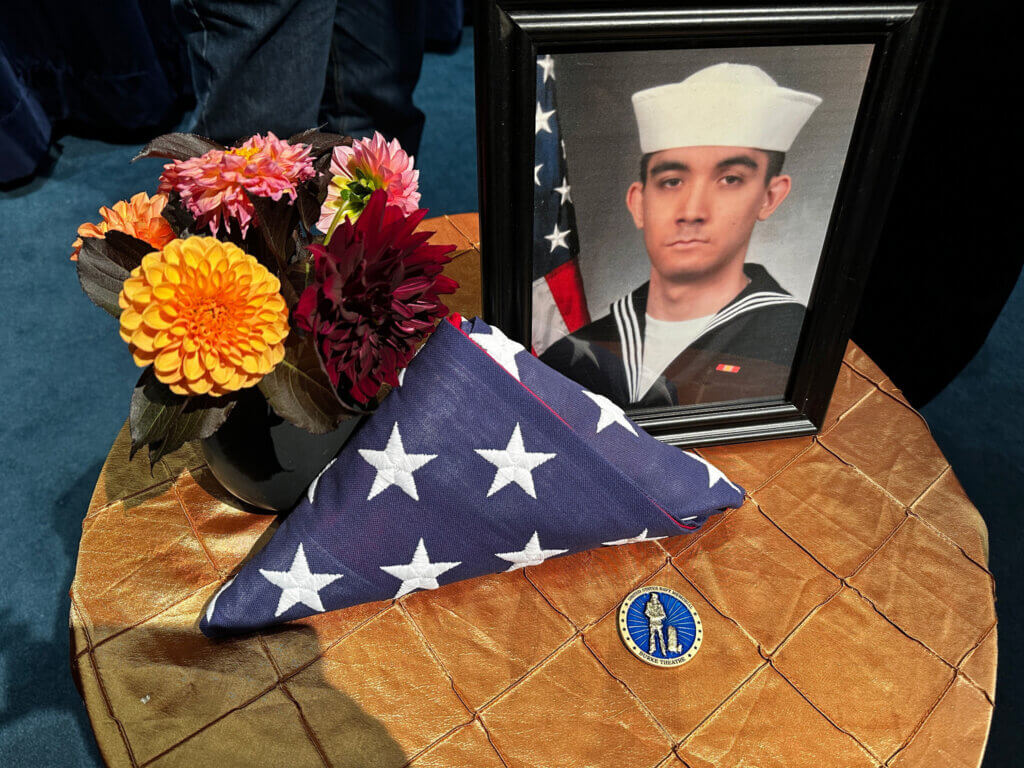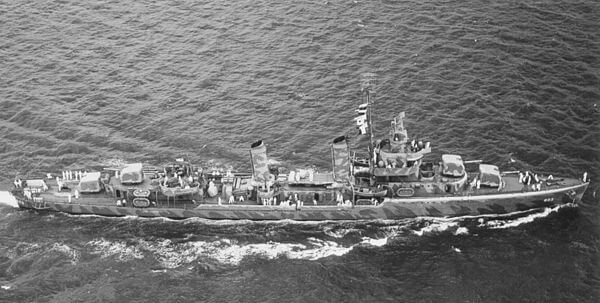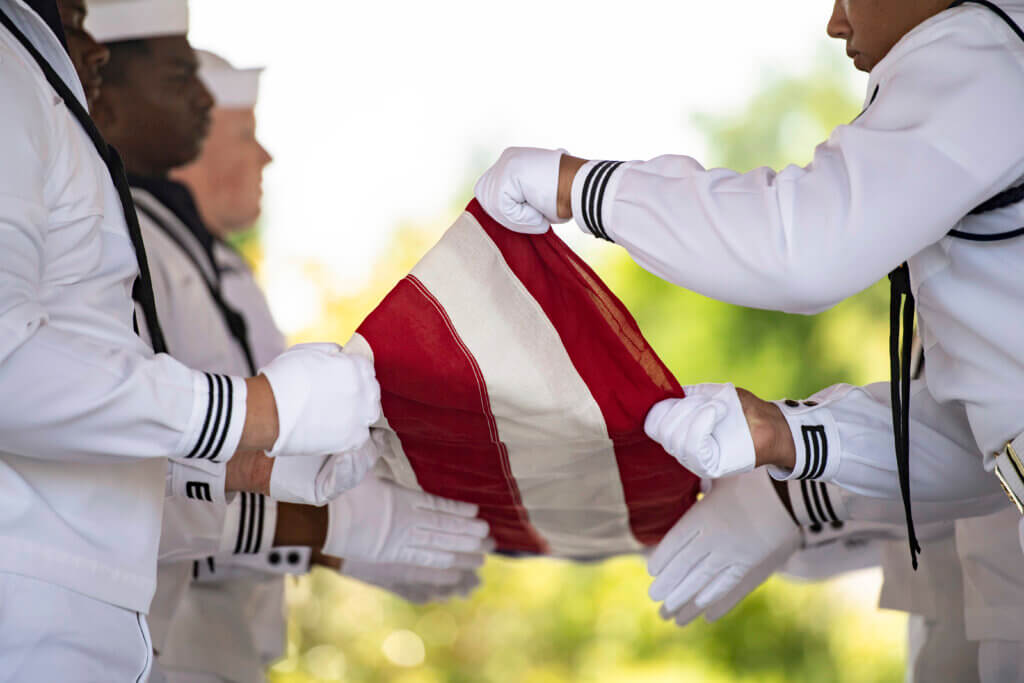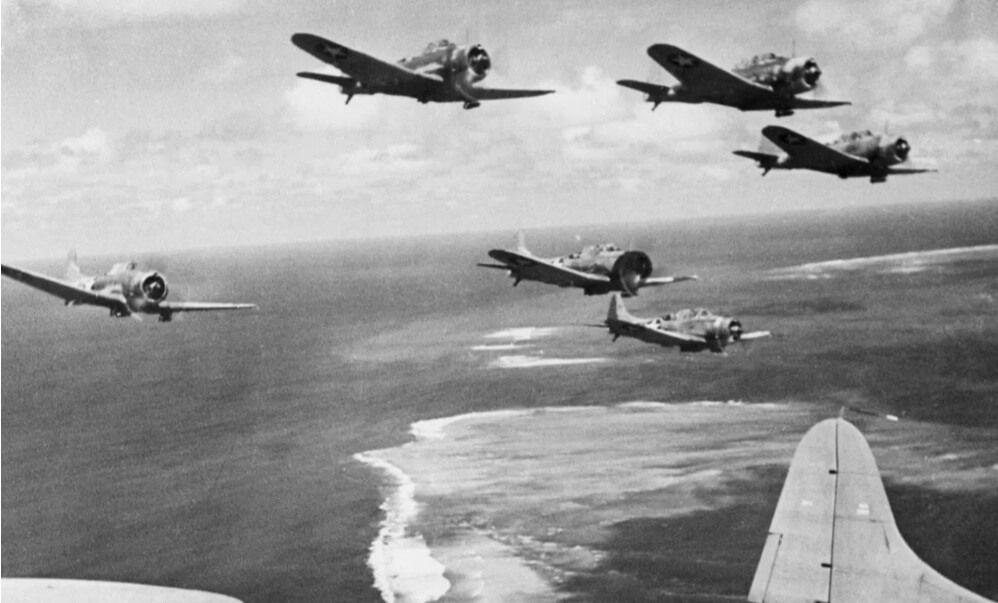
Admiral Chester W. Nimitz’s Battle Plan for Midway
By Dale A. Jenkins, Senior Advisor Americans for a Stronger Navy.
By May 27, 1942, Admiral Chester Nimitz had detailed intelligence on the Japanese battle plan for Midway, decrypted by the US intelligence unit. Intelligence officer Layton’s account, And I Was There, mentions he informed Nimitz that Japanese carriers would likely attack from the northwest on June 4. Based on this information, Nimitz planned a concentration of force about 140 miles from Midway, utilizing carrier planes from Enterprise, Hornet, and Yorktown, as well as planes stationed on Midway.
Despite Rear Admiral Frank Jack Fletcher’s plan to be 200 miles north of Midway by June 4, a deviation occurred as he retrieved scouting planes, leading to a distance miscalculation. This caused the carrier planes to be out of operational range, failing to launch as planned, while Midway planes executed their mission but were heavily outnumbered and largely shot down.
A Broken Play Leads to Victory
Rear Admiral Raymond Spruance, commanding Enterprise and Hornet, quickly closed the range and launched all available planes. The Enterprise air group commander’s timely search found the Japanese fleet, allowing a crucial attack just before the Japanese could strike the US carriers. This decisive action turned a broken play into a victory, highlighting the courage and skill of the US Navy.
Historians, including Richard Bates, Samuel Eliot Morison, and E.B. Potter, confirmed the original plan was for the carriers to be 200 miles north of Midway by 0600 on June 4. The unsung heroes from Midway, who forced the Japanese to deviate from their plan, played a significant role in the ultimate defeat of the Japanese fleet. Their efforts, combined with the dive bomber attacks, led to the destruction of the Japanese carriers, securing a pivotal victory.
Why This Matters
The Battle of Midway serves as a timeless reminder of the critical importance of strategic planning, intelligence, and the courage of our servicemen and women. For Americans for a Stronger Navy, commemorating such pivotal moments underscores our mission to educate and engage the public on naval affairs. Understanding the lessons of Midway helps us appreciate the value of a well-prepared and resilient Navy. As we face new global challenges, the principles of adaptability, bravery, and strategic foresight remain as relevant today as they were 82 years ago. It is vital for Americans to recognize that a robust Navy is essential for our national security and global stability. Together, we must support and invest in our naval forces to ensure they continue to protect our interests and uphold peace worldwide.
